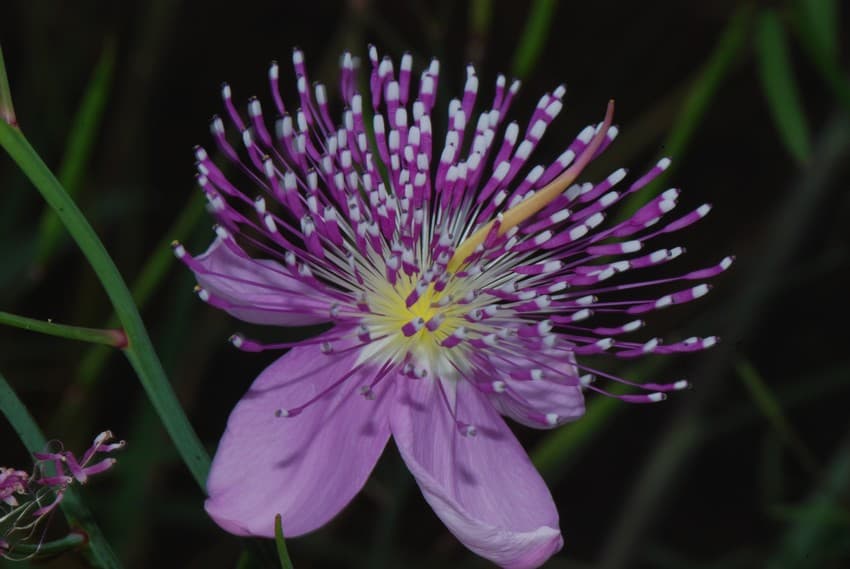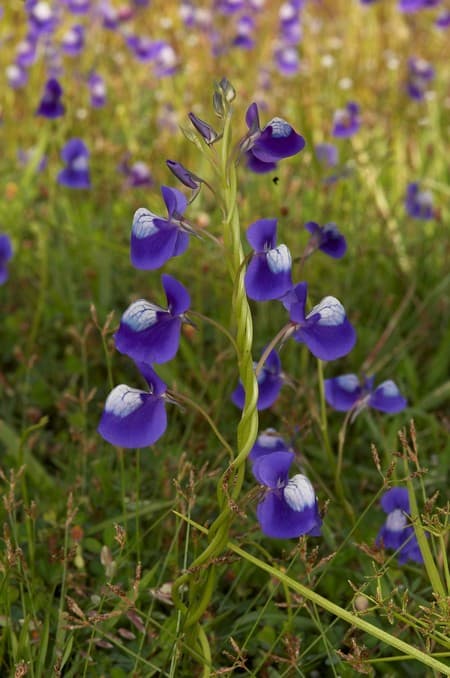Project Title
Participatory assessment of coastal plateaus in Ratnagiri district to designate “Biodiversity Heritage Sites” as per Biodiversity Act, 2002

Project Grantee
Dr. Aparna Watve (Ph.D)
Q & A with the Grantee
1) Please tell us about the unique biodiversity of the coastal plateaus of Konkan.
The coastal lateritic plateaus of Konkan, known as sadas in Marathi, have rich biodiversity and high endemism, including 70 endemic and 20 endangered species of plants and animals. They function as terrestrial islands due to the extreme micro-environment, seasonality and azonal soil. High rates of speciation are seen in lichens, amphibians, geckos and angiosperms on the plateaus. Nine species (including plants, a frog and a beetle) have been described from these plateaus in the last decade. Endemic species such as Dipcadi concanense, Utricularia reticulata and Corynandra elegans are locally abundant on some undisturbed plateaus, but globally rare. Vegetation types observed here are dominated by Eriocaulon-Utricularia and Smithia-Chemicraesta species, which are unique examples of Palaeotropical vegetation types.
2) Despite the biodiversity they harbour, why have these unique habitats been neglected?
The colonial government considered the sadas as unfit for cultivation owing to the lack of soil. Subsequent governments continued this misclassification and categorised sadas as “barren rocky areas” in the Wasteland Atlas of India. The seasonal nature of their biodiversity is poorly understood and even scientists often refer to them as barren, when viewed during the dry seasons. Even environmentalists have been lobbying for the conservation of forest habitats, without realising the immense richness of non-forest habitats like sadas. Sadly, this has led to sadas being sold to private companies for ‘development’ without any assessment of environmental impacts. The sadas in Konkan are threatened by quarrying, mining, various megaprojects like nuclear and thermal power plants, industrial estates and city development.
3) Has there been any positive development since you selected eleven high priority coastal plateau sites for conservation?
Our project included awareness generation and scientific information dissemination to communities in the project area. We created educational material (booklet, posters, social messaging) in Marathi and Konkani, which made it possible for local people to understand the global uniqueness of the habitat, its ecosystem services, and how its destruction will impact their own livelihoods. Through local organisations and environmental groups working in the region, we conducted scientific advocacy, encouraging conservation action using legal means. Through this, the Ambolgad Gram Sabha, empowered under The Biological Diversity Act, 2002, passed a resolution to protect its landscape as a “Biodiversity Heritage Site”. The proposal submitted to Maharashtra State Biodiversity Board includes 11 such sites, and procedures defined by the law for Biodiversity Heritage Site declaration have been initiated.

Images courtesy: Dr. Aparna Watve
